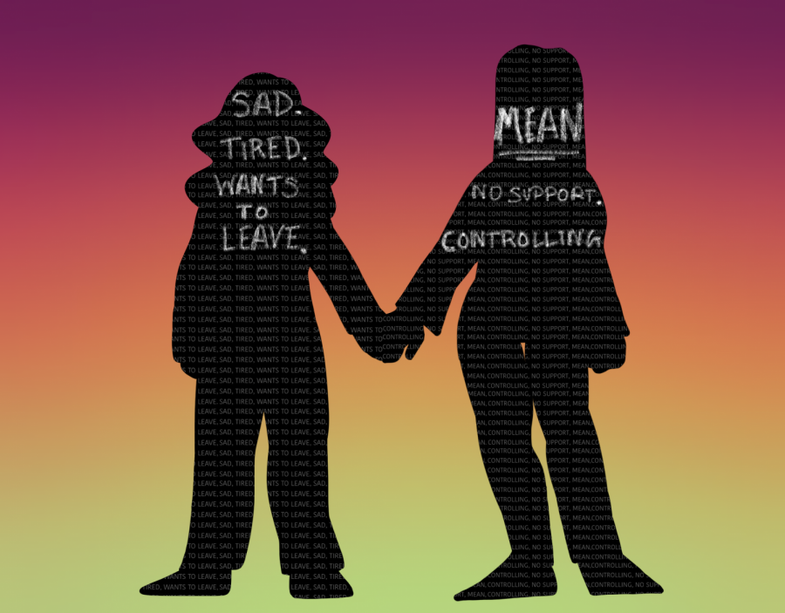
One moment you're enjoying conversations full of laughter, the next you're getting cold responses with short messages. She "forgot" to invite you to her birthday party or strangely, every time she shares good news, her tone changes and her enthusiasm is... zero.
If you've found yourself in this situation, you're probably dealing with a passive-aggressive friend. This behavior can make friendships confusing because, unlike open conflict, she hides the tension behind "no harm done" comments and questionable actions. Here's how to spot it and what you can do about it.
What is passive-aggressive behavior?
In simple terms, passive-aggressive behavior is a covert form of hostility where the person avoids open communication and chooses indirect ways to express anger or displeasure. This includes sarcastic comments, deliberate silence, and covert sabotage of the relationship.
Psychologist Brook Choulet describes this experience as the feeling of emptiness after a conversation with a passive-aggressive person. Instead of feeling good, you feel tired and emotionally drained.
4 signs that she is passive-aggressive
1. Unstable communication
If she asks you out one day and ignores you the next without any explanation, this is a classic sign of passive-aggressiveness. She might accept an invitation to an event but show up extremely late or “accidentally” forget to send you the address.
This is a covert way of showing discontent without saying it openly, making you feel left out without understanding the real reason.
2. Goes with the flow, but doesn't agree at all
A passive-aggressive friend may seem to accept your ideas, but her behavior suggests otherwise. She may say she's fine with you watching a TV show instead of going out, but then remain silent, respond with short words, and make a sarcastic comment mid-episode.
3. Bitter jokes wrapped as jokes
If a friend compliments you on your dress but adds, “I would never dare wear that on my body,” it's clear that this is not a sincere compliment. Such comments are a form of “masked hostility,” where criticism is hidden behind smiles.
4. Facial expressions that say more than words
Sometimes, it's not the word or the joke that makes you doubt, but simply the way she looks at you. She smiles, but her smile seems fake. Enthusiasm is lacking, and when you talk about your successes, her facial expression seems more like annoyance than joy for you.
How to distinguish passive-aggressiveness from misunderstanding?
The main difference between passive-aggressiveness and a misunderstanding is the intent behind the behavior. Misunderstanding happens accidentally, while passive-aggressiveness is usually intentional, even if the person doesn't realize they're doing it.
If you're not sure if she's behaving this way on purpose, ask yourself:
• Is there an ulterior motive behind her behavior?
• Is this a recurring behavior or an isolated incident?
• How do I feel after interacting with her? Does she make me feel bad for no apparent reason?
How to deal with a passive-aggressive friend?
If this friendship is important to you, it may be worth dealing with this situation in a constructive way. Here are some steps that may help:
Use “I” statements – Instead of accusing him, talk about how he makes you feel. For example: “I feel like something is wrong between us because I’ve noticed that he often ignores me when I talk. Is there something that’s bothering you?”
Understand the root of the problem – Sometimes, people behave this way because they are going through a difficult time. Try to understand if there is something that is stressing them out and that is reflecting in their behavior towards you.
Don't turn it into a revenge game – If she ignores you, there's no need to do the same. Maintain a calm and open attitude.
Consider breaking up – If your efforts don't make a difference and she's not willing to communicate openly, it might be time to walk away from this toxic relationship.
Sources: VeryWell Mind
Suggested articles:





